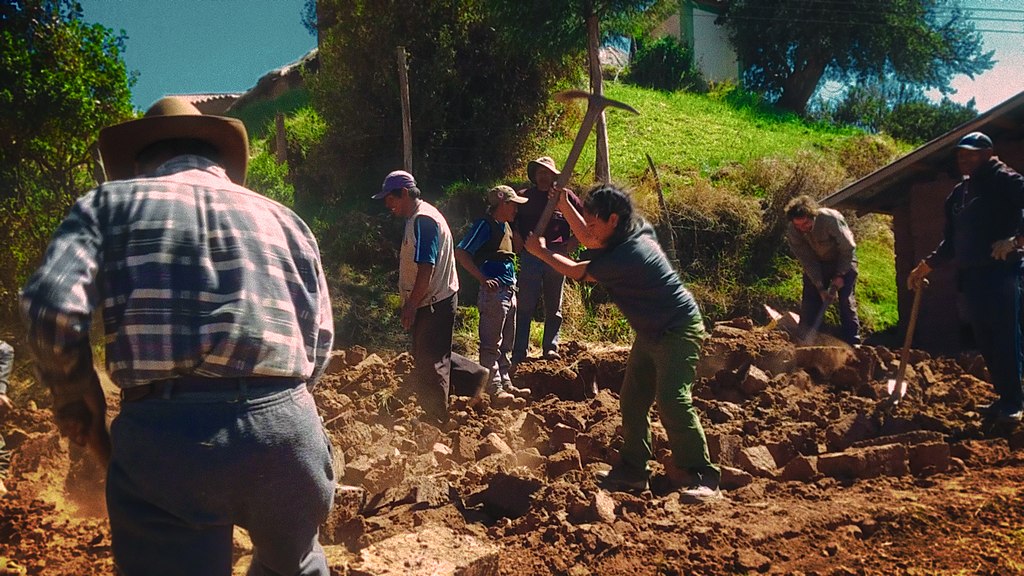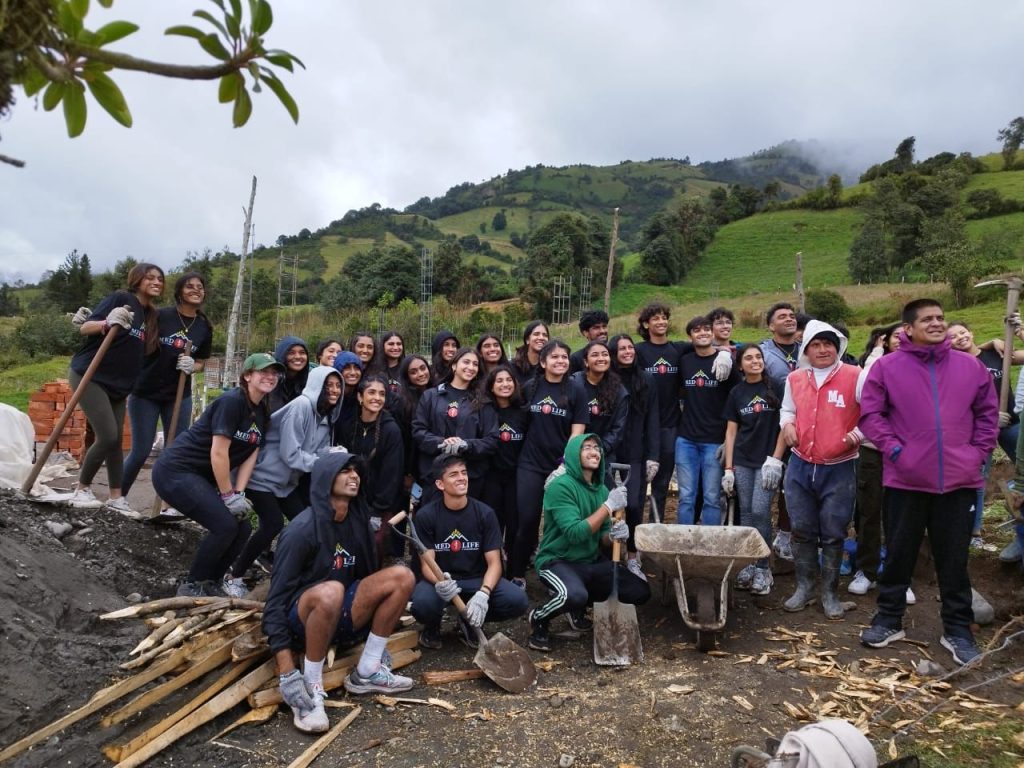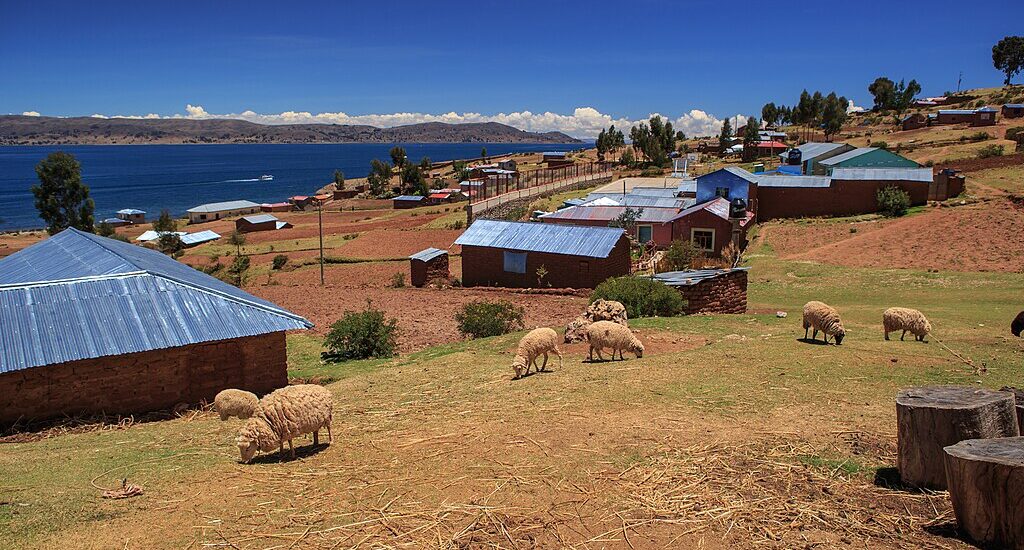When we think about creating safe homes, especially in South America, it’s not just about bricks and mortar. The real foundation is the community itself. The role of community in building safe homes is all about people coming together to make a difference in their neighborhoods. Community involvement is key in places like Peru and Ecuador, where the Safe Homes Movement is active. Building a safe home goes beyond construction; it’s about understanding local needs, working together, and creating a sense of ownership and pride. This approach doesn’t just build houses – it builds stronger, safer communities. So, remember: safe homes aren’t just made; they’re nurtured by the hands and hearts of the community in which they are built.

Tuning into Local Voices to Understand the Role of Community in Building Safe Homes
Understanding the community’s needs is vital for any project to be successful, especially in building safe homes. This becomes even more important in South America, where diverse cultures and environments exist. Each community has its unique set of challenges and requirements that must be met. For instance, a village in the Andes might need homes that can withstand cold temperatures, while a coastal town might need structures resilient to humidity and storms.
Listening to the local people is key. They know their environment best and what works for their lifestyle. This includes considering local materials and construction methods that are both environmentally sustainable and familiar and accessible to the residents.
Involving the community from the start ensures that the projects are well-received and maintained in the long term. It’s about creating solutions with the community, not just for them. This approach leads to homes that are not only physically safe but also culturally respectful and community-focused. By tuning into local voices and understanding their specific needs, safe home projects become more than just buildings – they become a source of community pride and resilience.

The Power of Collaboration in Project Planning
Successful planning of safe home projects in South America shows just how strong the power of collaboration is. Organizations like the Safe Homes Movement team up with local professionals and community members to create effective and sustainable housing solutions. This partnership approach ensures that the projects are technically sound, culturally sensitive, and tailored to the community’s specific needs.
Local professionals bring their expertise in construction and knowledge of the region’s geography and climate. Their input is invaluable in designing homes that are both safe and suited to the local environment. Meanwhile, community members contribute by sharing their insights and preferences, ensuring that the homes meet their daily life requirements and reflect their unique cultural values.

Community Hands Building Safer Futures
The role of the community in building safe homes is highlighted in the construction phase of Safe Homes Movement projects. Involving local people in building their own homes creates a strong sense of ownership and responsibility. It’s not just about constructing walls and roofs; it’s about building a community. For instance, in several projects, local residents have actively participated in constructing staircases and reinforcing structures. This hands-on involvement ensures that the homes are physically sturdy and deeply connected to those who live in them. By working side by side with professionals, community members gain valuable skills and knowledge, further strengthening their ability to maintain and improve their living conditions in the future. This participatory approach embodies the role of the community in building safe homes, turning the process into a collaborative, empowering, and community-building experience.

The Role of Community in Building Safe Homes Through Education and Empowerment
Education and empowerment are vital in the role of the community in building safe homes. By educating local residents about safe construction practices and basic maintenance, projects like those by the Safe Homes Movement ensure that the homes built are not just safe today but will stay safe long into the future. This education goes beyond construction; it includes understanding the importance of a safe living environment. Empowering communities through knowledge means they can continue improving and maintaining their homes long after the initial construction. This approach creates a sustainable cycle of improvement and self-reliance, making the community an integral part of building and, more importantly, sustaining safe homes.
For the long-term success of safe home projects, the community’s involvement doesn’t end at construction. They play a crucial role in maintaining these safe homes and infrastructure. Regular upkeep, identifying potential issues, and making minor repairs are skills imparted to the residents. This ongoing engagement ensures the longevity of the homes and empowers the community to take an active role in their environment. By taking charge of the maintenance, the community preserves their homes and reinforces the bond and sense of responsibility towards their collective living spaces. This is a key aspect of the role of the community in building safe homes, ensuring that these projects have lasting impacts.
Let’s Join Together for Safer Homes Everywhere
The role of the community in building safe homes is pivotal, especially in Latin America. Initiatives like the Safe Homes Movement and MEDLIFE highlight how community involvement leads to safer, more sustainable living environments. By joining hands, we can make a real difference in improving housing safety and quality. Download the Safe Homes Movement brochure to learn more about these inspiring efforts and how you can contribute. Your support and engagement can help continue building safer communities for everyone. Let’s come together to make a lasting impact in the lives of many.


